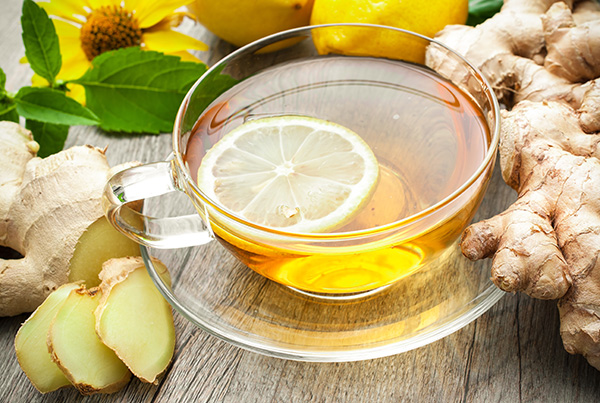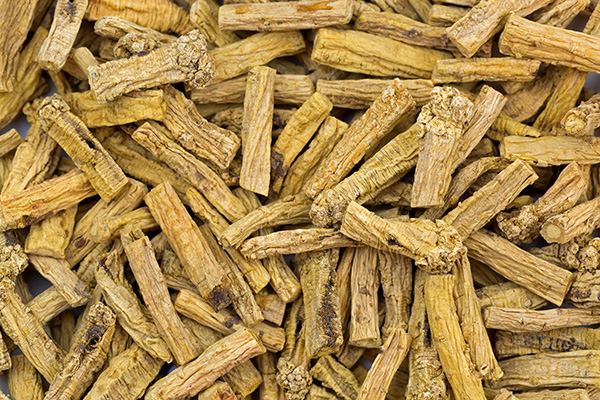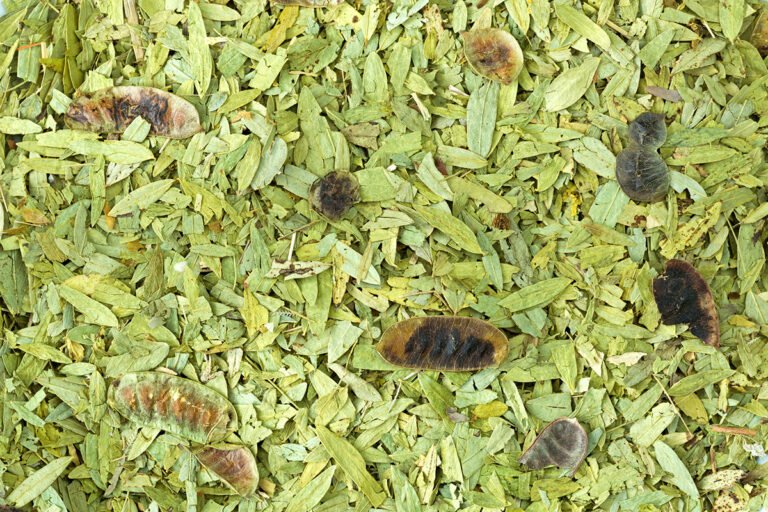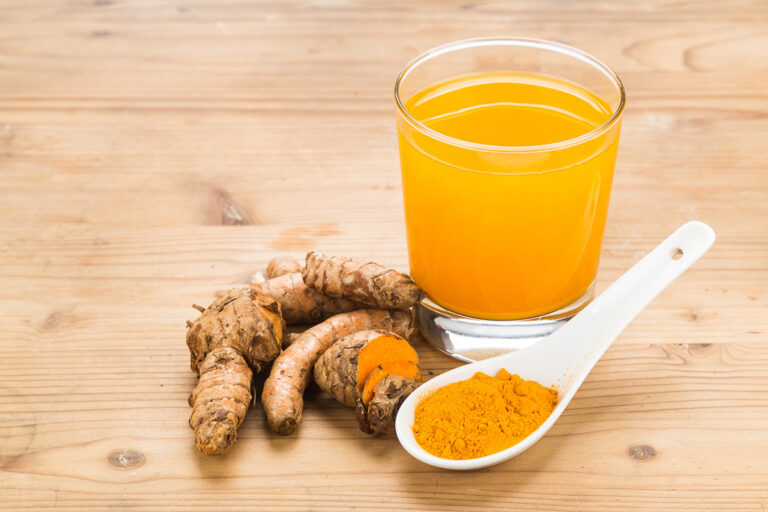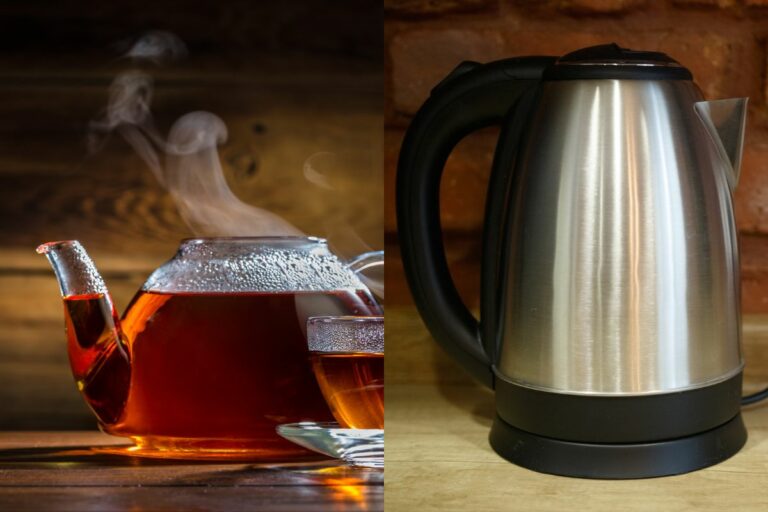What Is Taro Milk Tea and What Is It Made Of?
Are you curious about the popular taro milk tea you’ve been seeing everywhere?
Let’s find out what it is and what it’s made of.

What Is Taro Milk Tea?
Taro milk tea is a creamy and delicious beverage made from taro root, a starchy, purple root vegetable native to Southeast Asia. The tea has gained popularity worldwide due to its unique flavor and vibrant color. It’s often found in bubble tea shops. Tea lovers and those seeking a flavorful alternative to classic milk tea greatly cherish this tea.
What Is Taro Milk Tea Made Of?
The primary ingredients of taro milk tea are taro root powder, milk or a milk substitute, and black or green tea. Taro root powder is made by drying and grinding taro root into a fine purple powder. The powder is then mixed with milk or milk substitute and tea to create a rich, creamy beverage.
Sometimes, sweeteners like sugar or honey are added to enhance the flavor. Taro milk tea can also be served with tapioca pearls or “boba” to add texture and a fun twist.
What Does the Taro Milk Tea Taste Like?
Its distinct taste resembles a blend of vanilla, nuttiness, and a faint earthy hint. The taro root powder provides a subtle, natural sweetness. The type of tea affects the flavor, too; black tea offers a bold taste, while green tea gives a gentle one.
The texture is smooth and creamy thanks to the milk or milk substitute.
Taro Milk Tea Benefits
Taro milk tea offers several health benefits, primarily due to the nutritional content of taro root. Some of the health benefits include:
- Nutrient-rich: Taro root offers essential nutrients like dietary fiber, vitamins (C, E, and B), and minerals (potassium, iron, and magnesium). Such nutrients are crucial for overall health and wellness.
- Antioxidant properties: Taro root has antioxidants like polyphenols and flavonoids, protecting your body from damage caused by free radicals. Antioxidants are essential for a robust immune system and for preventing chronic diseases.
- Good for digestion: The high fiber content in taro root can help support healthy digestion, promoting regular bowel movements and preventing constipation. Fiber also maintains beneficial gut bacteria, promoting overall digestive health.
- Supports heart health: The potassium content in taro root can help regulate blood pressure, reducing the risk of hypertension and other cardiovascular diseases. Additionally, the dietary fiber in taro root can help lower cholesterol levels, further supporting heart health.
However, taro milk tea can be high in calories and sugar, especially with added sweeteners. Opt for a taro milk tea with less sugar or no added sweeteners to maximize the health benefits. Use a healthier milk alternative, such as almond or oat milk.
How to Make Taro Milk Tea at Home?
Making taro milk tea at home is simple with this easy recipe:
Ingredients:
- 2 cups water
- 2 black or green tea bags
- 1/4 cup taro root powder
- 2 cups milk or milk substitute
- Sweetener of your choice (optional)
- Ice cubes
- Tapioca pearls (optional)
Instructions:
- Boil water and steep the tea bags for 3 to 5 minutes. Remove the tea bags and let the tea cool.
- Combine the taro root powder, milk or milk substitute, and sweetener (if using) in a blender. Blend until smooth.
- Add the cooled tea to the blender and blend again to combine.
- Serve over ice, and add tapioca pearls, if desired.
Conclusion
Taro milk tea is a unique and delicious alternative to traditional milk tea, offering a delightful blend of flavors and a vibrant purple color. This versatile beverage can be tailored to personal tastes and dietary requirements, making it a favorite among tea fans.
FAQ
Is Taro Milk Tea Healthy?
Taro milk tea can be healthy if consumed in moderation, especially if you choose a version with less sugar or sweeteners. The taro root itself is rich in nutrients and antioxidants, providing some health benefits. Remember, taro milk tea’s calorie and sugar content may vary depending on the ingredients.
Why Is Taro Milk Tea Purple?
Taro milk tea gets its vibrant purple color from the taro root powder, which is derived from the purple-fleshed variety of taro root. The color of the taro powder may vary depending on the specific taro root used. Still, the purple hue is a natural result of the pigments found in the taro root.
Does Taro Milk Tea Have Caffeine?
The caffeine content in taro milk tea depends on the tea base used. Some caffeine will be present if black or green tea is used, although usually lower than in a cup of coffee. For a caffeine-free option, select decaffeinated tea.
Is Taro the Same as Ube?
Taro and ube are not the same, although they are both root vegetables with a purple color. Taro is a starchy root vegetable with a subtly sweet and nutty flavor. At the same time, ube is a purple yam with a sweeter taste and smoother texture. Ube is common in desserts, while taro is adaptable for both sweet and savory recipes.
Are Taro Milk Tea and Taro Boba Tea the Same?
Taro milk tea and taro boba tea are virtually the same, except taro boba tea contains tapioca pearls or “boba.” Both drinks are made from taro root powder, milk or milk substitute, and tea, and can be served with or without the tapioca pearls. These pearls give the drink a chewy feel, enhancing the tea-drinking experience for those who like them.

